Your Reading Comprehension Toolkit: Asking Questions
Young minds love to question everything. Why is the sky blue? Why don’t fish have feet? What would happen if every person in the world jumped at the same time?

Here are some suggestions to help students question :
- Choose Your Own Adventure - Start by previewing the title, cover art, and blurb on the back cover. Then have students make a list of questions the book might answer and what they will look for as they read. What are they curious about? What do they hope to learn?
- Pause and Ponder - As you read, challenge students to find answers to their questions. Also encourage them to stop and ask new questions, especially if something is confusing. Questions during reading are a great way to figure out who’s following along and understanding the text.
- Tie It All Up - Asking and answering questions after reading will help you decide whether or not your students understood the book. And of course, it’s the natural time to go back and answer any questions students had before reading.
Books and Paired Lesson Plans to Help You Teach Students to Ask Questions
Snowmen at Night by Caralyn Buehner
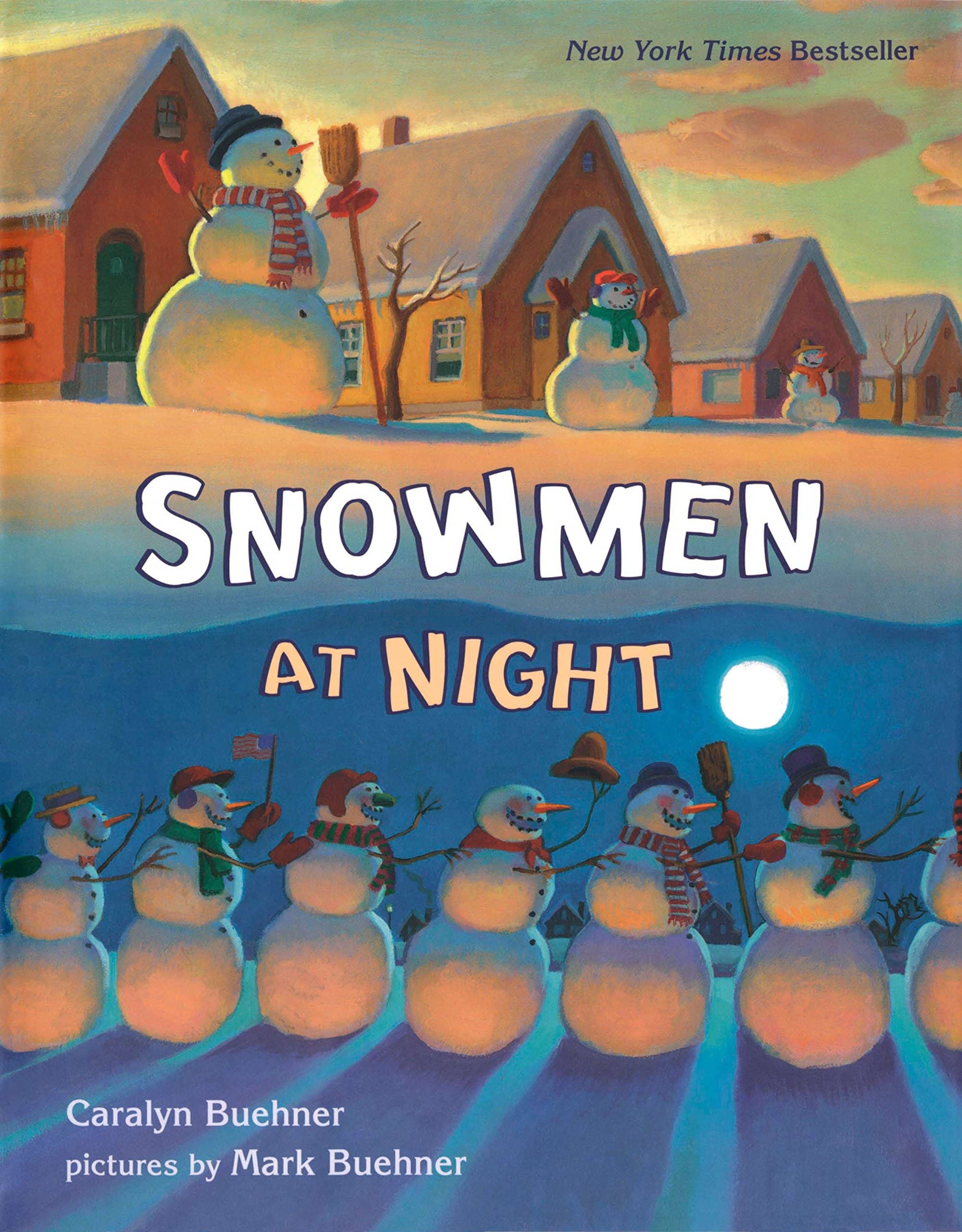
Why do snowmen look crooked and droopy the day after you build them? What do they do at night? This imaginative story about the secret nightlife of snowmen will delight early readers as they discover the magical mischief snowmen make at night.
The whimsical premise of Snowmen at Night makes it a great fit for a lesson on asking questions. Early readers will naturally feel compelled to ask relevant questions that will help them distinguish between fantasy and reality in this story.
Knots on a Counting Rope by Bill Martin Jr.
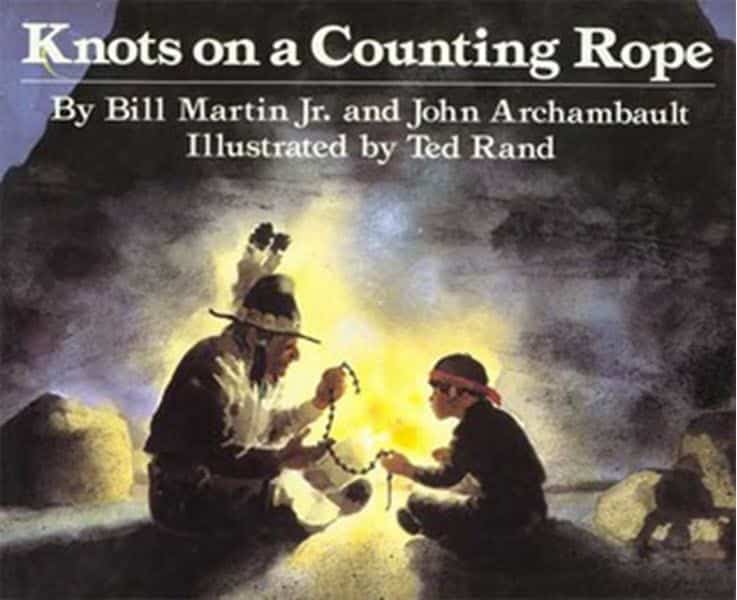
In Knots on a Counting Rope, the author intentionally holds back the fact that the boy is blind. This intentional omission will engage readers, encouraging them to look for clues in the text and illustrations to make inferences about the story.
The Stranger by Chris Van Allsburg
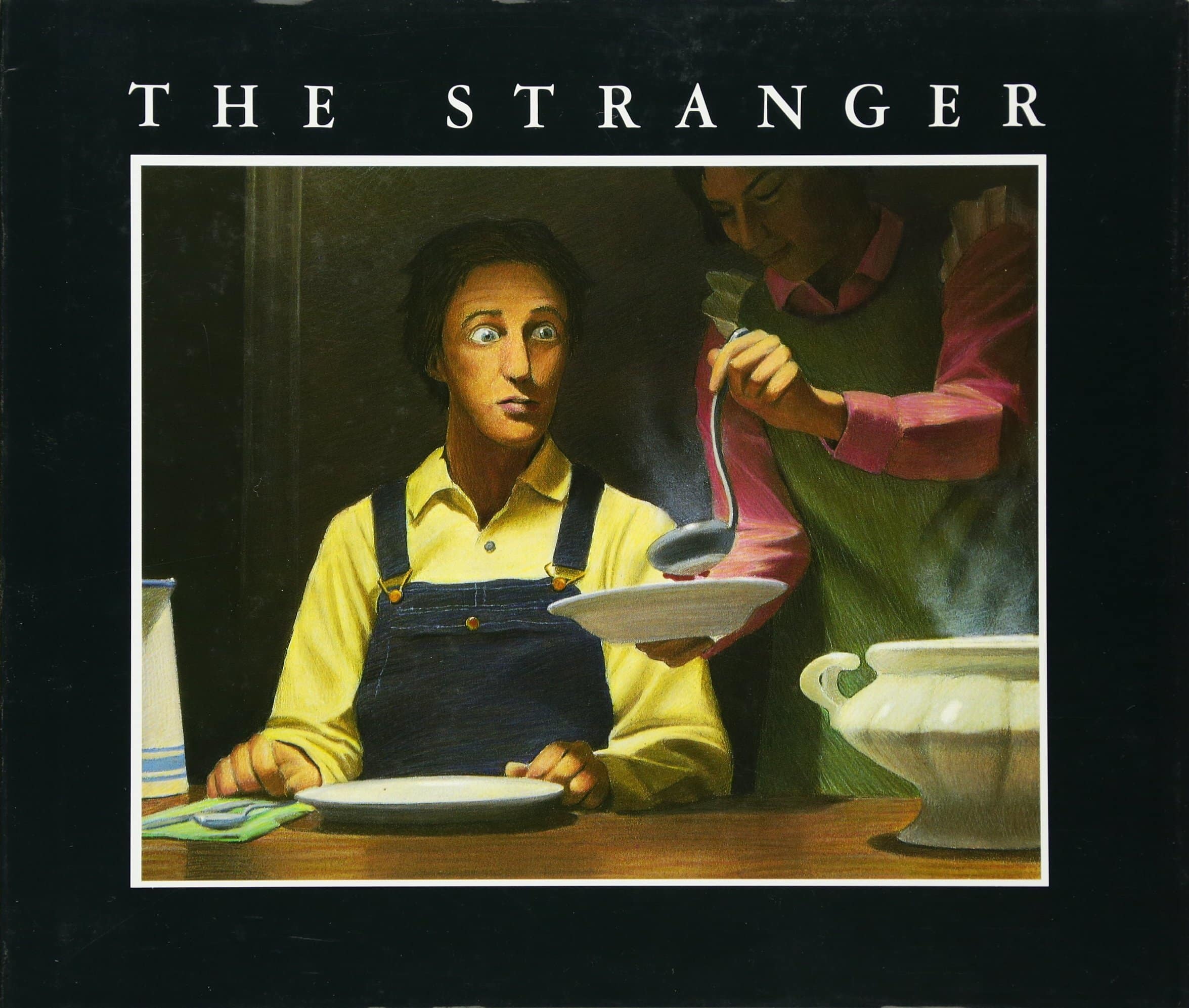
After accidentally hitting a stranger with his truck, Farmer Bailey brings the stranger back to his home to recuperate. The man has temporarily lost his memory and can't remember who he is. When mysterious activity around the farm seems to originate with the stranger, everybody becomes curious about who he might be.
The mystery in Chris Van Allsburg's The Stranger makes it a natural choice for a lesson plan focused on asking questions. Reader will ask questions throughout the text in order to discover the man's identity and whether he can be to blame for the odd activity going on around the farm.
Pink and Say by Patricia Polacco
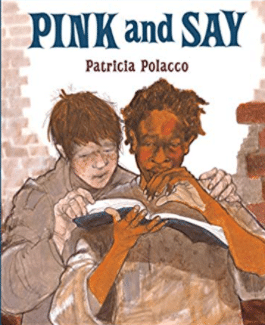
Pink and Say is Patricia Polacco's semi-biographical story of a young union soldier named Sheldon, or Say, is injured in a fierce battle and left for dead. Pinkus, another young union soldier, rescues him from a Georgia field and takes him to his mother's home in Confederate territory to heal.
Pink and Say is a historical fiction book set during the Civil War. Your students will naturally ask questions about this time in our nation's history. The seemingly impossible friendship depicted in this story between two young soldiers will also spark your students' natural curiosity.
The Van Gogh Café by Cynthia Rylant
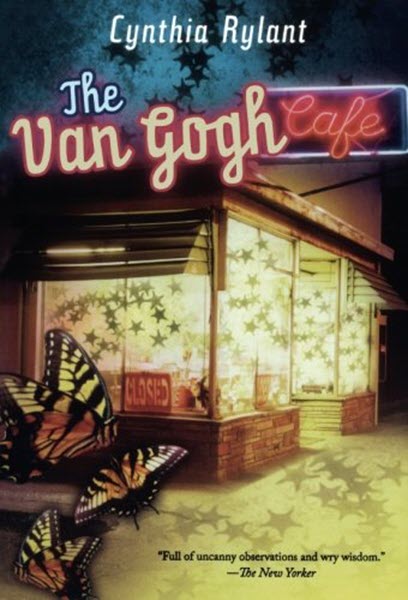
The Van Gogh Cafe is a magical story set in the charming town of Flower, Kansas. The story revolves around a quaint cafe owned by Clara and her father. At the Van Gogh Cafe, the extraordinary happens - wishes come true, ghosts find peace, and dreams take flight. Throughout the book, various characters, including a painter and a young girl, experience remarkable transformations, with the cafe playing a pivotal role in their journeys.
Cynthia Rylant introduces a new mystery with every chapter, making this an engaging way to support readers as they ask questions about the cafe and try to solve the mystery of what makes the cafe so magical.
Five Questioning Activities to Pair with Any Text
Keep Students Engaged with a Question Scavenger Hunt
Leave a Trail of Questioning Bread Crumbs
Make a Giant Question Chart
No two readers will ask the same question for the same reason. And chances are, any time you let students practice asking questions, you'll end up with more questions than you you can answer. So to keep track of them, try using a chart to record the class’s questions. Not only will this help you keep track of everything your students want to know, it also gives you a chance to model and talk about the difference between asking meaningful questions and questions that aren't as helpful to deepening comprehension.
Use Question Cards
Sometimes students need a little prompting to come up with a question. Try using laminated question cards with common question words if students need prompting (e.g., Who…What…When…Which one…Why…Where…How many…How much…).
If you'd like a more challenging set of questions to use, check out the Asking Questions Task Cards that are available in the Teacher Tools.
Bring in a Guest Speaker
Invite a parent or community member into your classroom to talk about a topic they know well. Before the guest speakers come, have the class brainstorm different questions they want to ask. After the guest leaves, see how many of the questions were answered. This is one of the best ways for students to practice asking questions outside of the pages of a book. Plus, students will love having special guests in their classroom!


